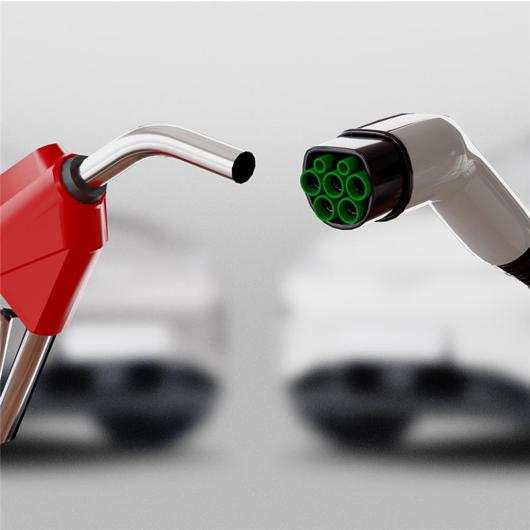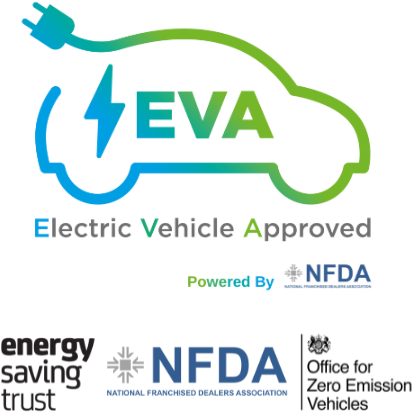
Electric VS ICE
The automotive industry has undergone significant transformation in recent years, highlighted by the emergence of autonomous vehicles and a noticeable surge in the popularity of electric vehicles (EVs). This period is undoubtedly one of the most dynamic in the history of automobiles.
For businesses that operate a fleet of vehicles, or for individuals who manage such fleets or drive a company car, the question often arises: is it time to switch to electric vehicles? This is particularly relevant if the transition hasn't already been made. Here, we explore the comparison between electric vehicles and their petrol, diesel, and hybrid counterparts.
Comparing Costs of Electric Vehicles
Electric vehicles offer substantial cost advantages, especially for business use. Charging an EV costs significantly less than fueling a traditional internal combustion engine (ICE) vehicle, making the cost per mile for electric cars much lower. When compared to hybrids, which may exceed their electric-only range daily, EVs present even greater savings. Traditional fleets could see a reduction in fuel costs by approximately 80% by adopting battery electric vehicles (BEVs).
Maintenance and Tax Benefits
EVs have fewer mechanical components than ICE vehicles, resulting in lower maintenance costs and potential savings over petrol, diesel, and plug-in hybrid electric vehicles (PHEVs). In the financial year 2022/23, company car drivers enjoy a mere 2% tax on Benefits in Kind (BIK), with additional savings on road tax and charges related to emissions and congestion. BIK taxes on electric vehicles are expected to rise only slightly to 5% by the end of 2028, maintaining a substantial advantage over other vehicle types.
Running Cost Comparison Tools
The Zap Map Journey Cost Calculator is an effective tool for comparing the operational costs of EVs against other types of vehicles. This calculator helps users estimate the annual fuel costs based on current electricity and fuel prices, providing a clear cost comparison for various vehicle models from electric to ICE and hybrid options.
Energy Prices and Trends
The year 2022 witnessed an energy crisis that led to increased costs for both electricity and traditional fuel types. However, midway through 2023, these costs have begun to stabilize somewhat. For EV owners particularly, those not locked into fixed-rate energy deals may still find competitive rates, such as low-cost overnight charging options, which significantly reduce the per-mile cost of driving an EV.
Infrastructure and Accessibility
The UK has rapidly expanded its EV charging infrastructure, now boasting more charging locations than traditional petrol stations. This development, combined with financial incentives for businesses to install charging points, supports the continuous operation of zero-emission fleets. Public charging stations are increasingly prevalent in convenient locations such as shopping centres and restaurants, often offering free charging.
Driving Range and Convenience
Modern electric vehicles typically boast impressive driving ranges, with many capable of travelling over 250 miles on a single charge. Some premium models, such as the Tesla Model S, offer ranges approaching 400 miles. The expanding charging network and the convenience of rapid charging points make EVs an increasingly practical choice for everyday use.
Comfort and Design
Electric vehicles are often designed with comfort in mind, featuring smooth driving dynamics and regenerative braking systems that enhance the driving experience. Many manufacturers are also introducing innovative and luxurious interiors specifically designed for their electric models.
Leasing and Depreciation
Leasing electric vehicles can be particularly advantageous due to the rapid advancements in EV technology, allowing drivers to regularly update to the latest models. The depreciation of electric vehicles is improving, with used EVs becoming more desirable and maintaining better residual values compared to petrol and diesel vehicles, which are facing a decline due to environmental concerns.
Environmental Impact
Above all, the environmental advantages of driving an electric vehicle are significant. Vehicles like the VW ID.3 are designed to minimize their environmental impact throughout their lifecycle, from production to recycling, aligning with broader goals for sustainability and reduced carbon emissions.
In summary, the shift towards electric vehicles offers numerous benefits from cost savings and reduced environmental impact to enhanced convenience and forward-looking vehicle design, making it an increasingly appealing choice for both individuals and businesses.






